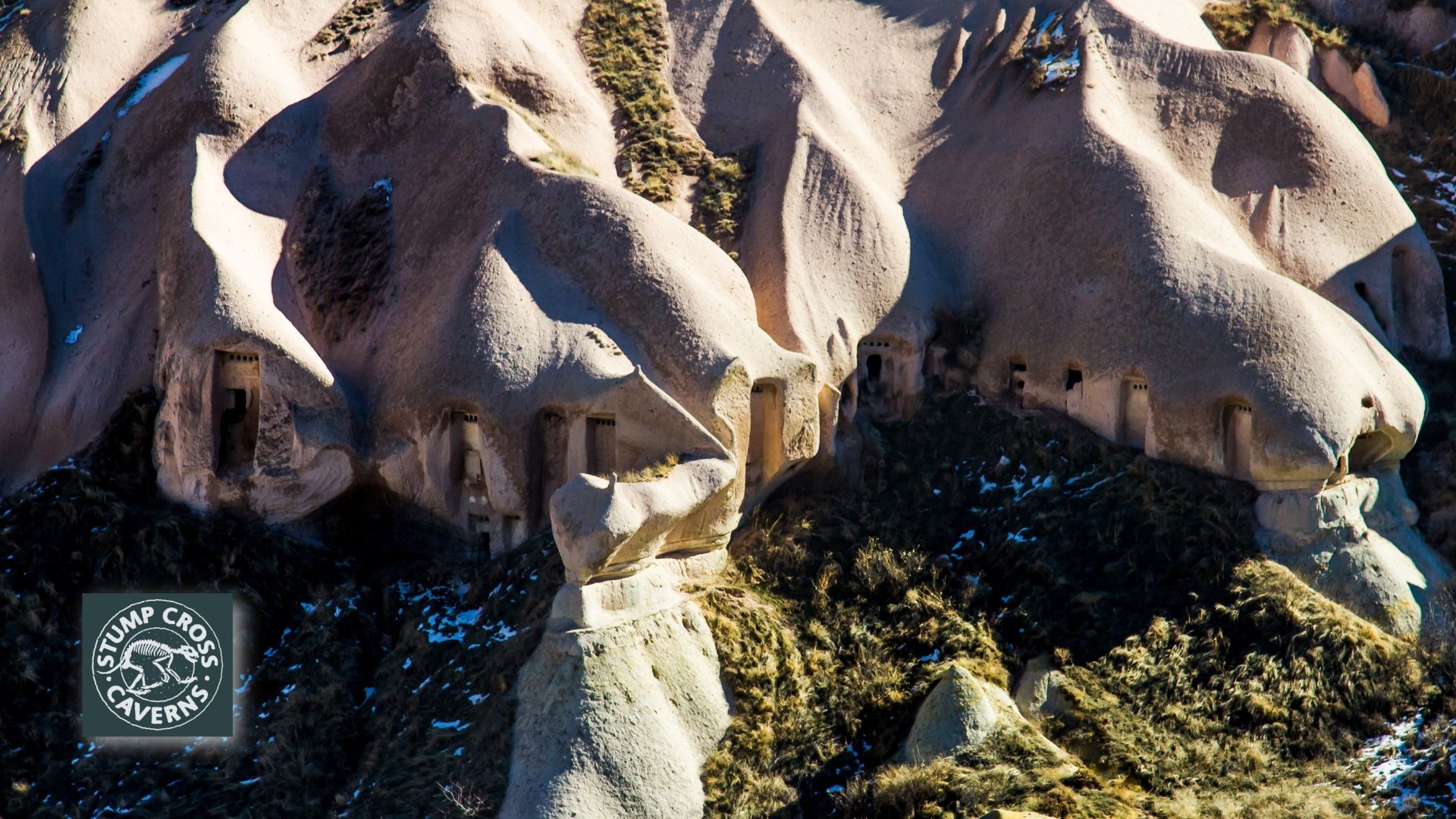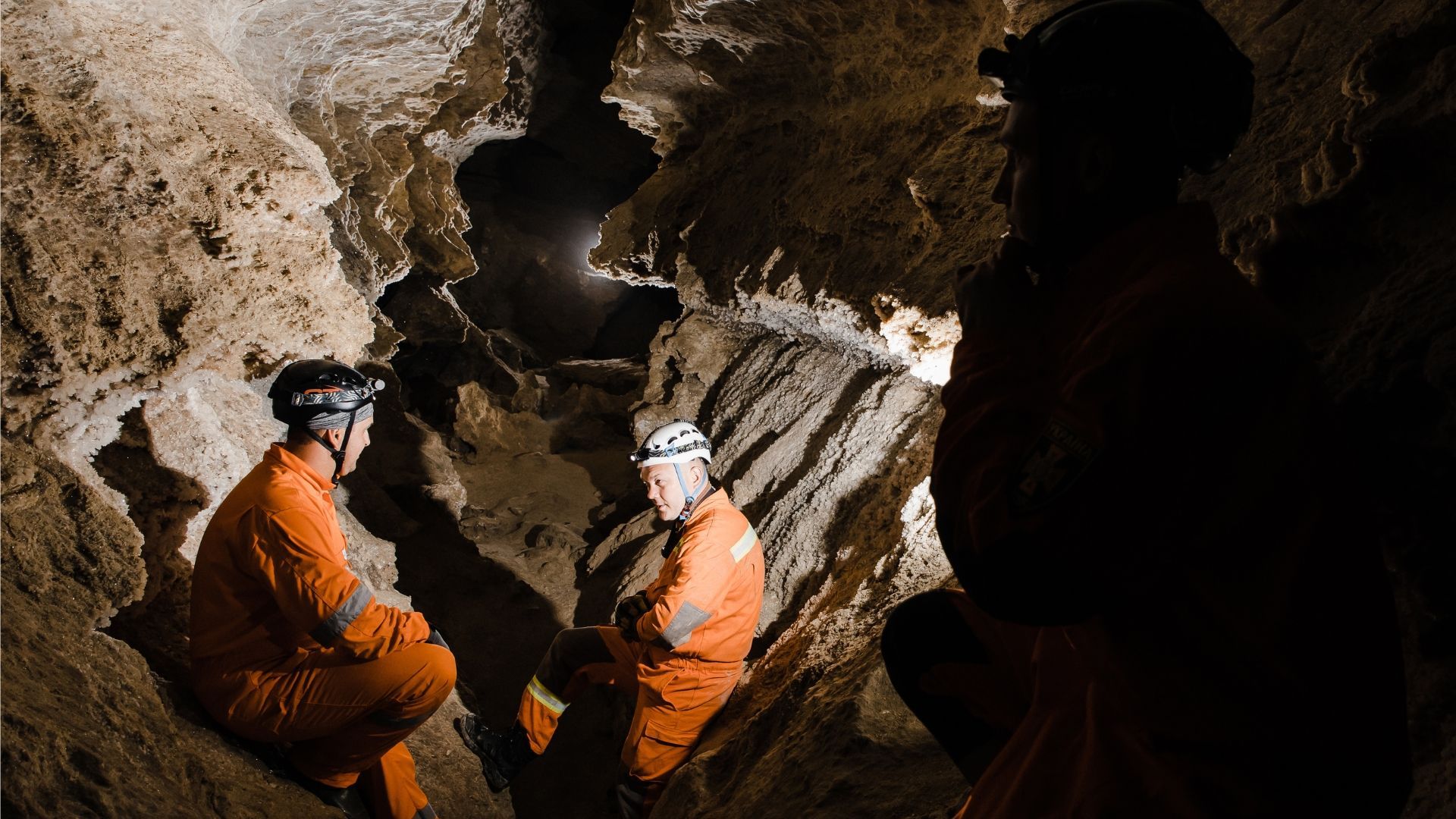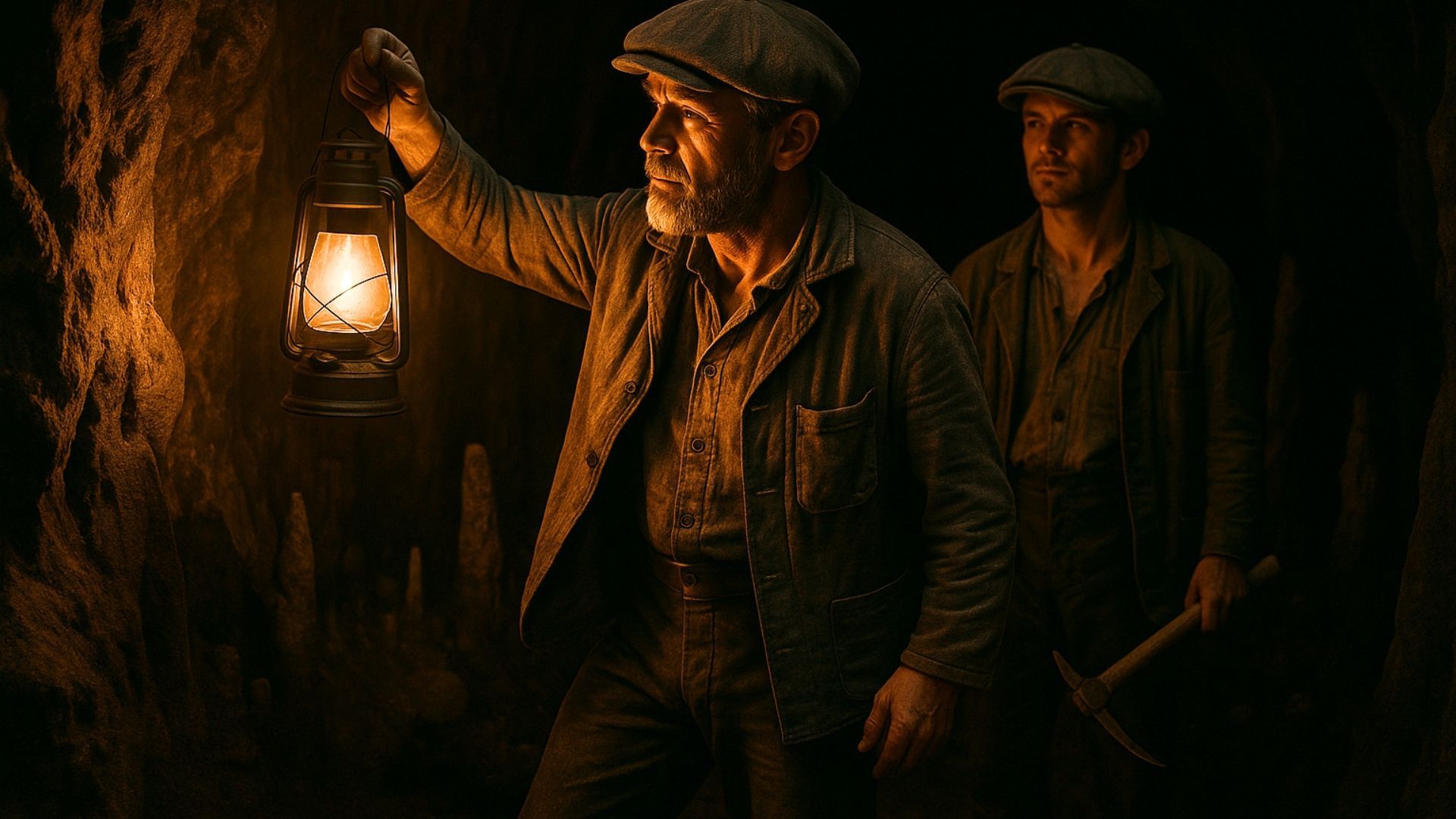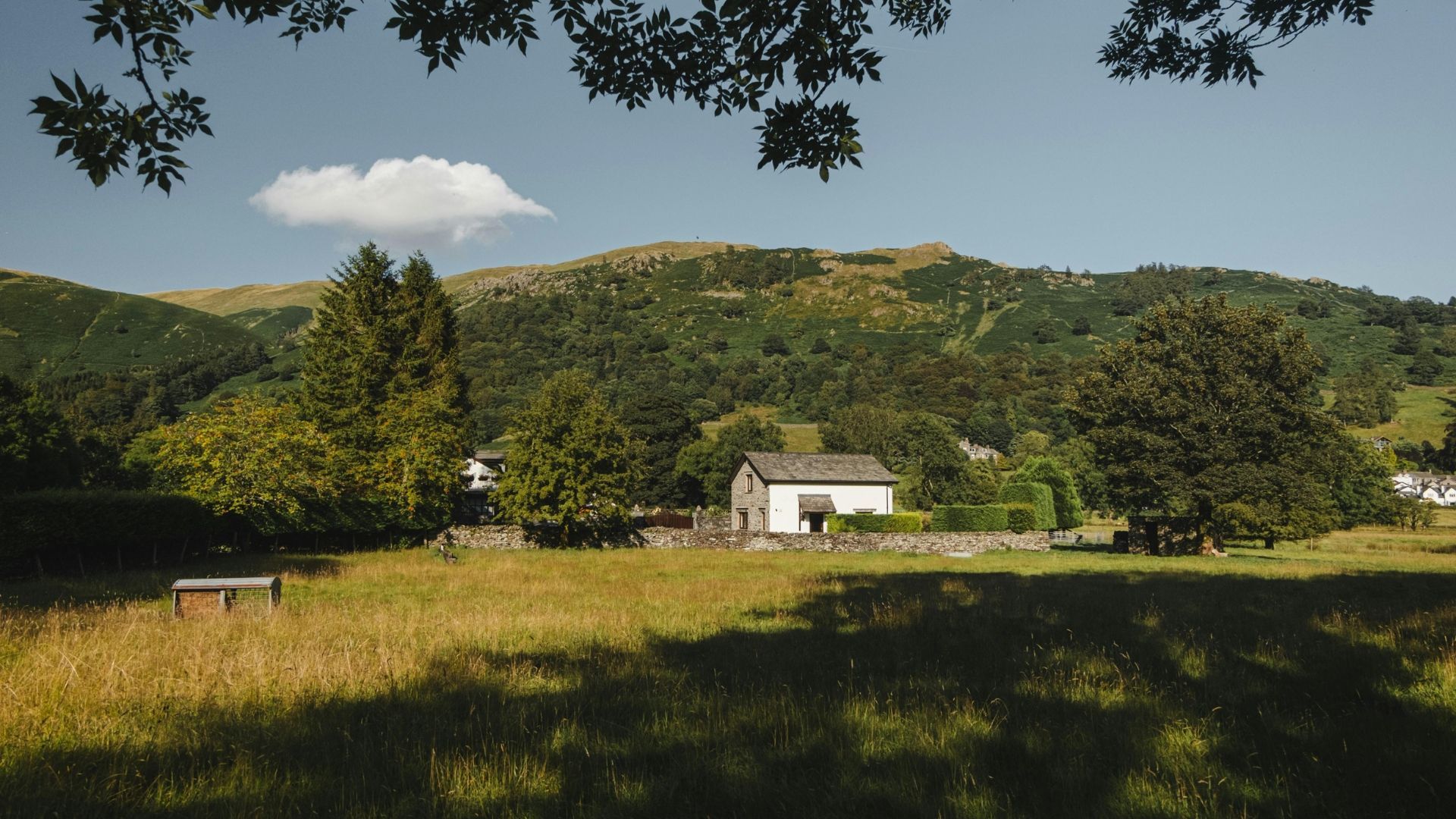We all know cavemen and cavewomen lived in caves. But are there any human cave dwellers left today? Read on – the answer might surprise you.

Picture a cave dweller and what do you see? Our guess is a Flintstones-style Neanderthal – or maybe a bat, at a push.
So you might be surprised to learn that there are thousands of modern-day cave dwellers – or "troglodytes" – dotted across the globe to this very day. Some of them are living there out of necessity, others as a lifestyle choice.
It's an ancient practice – people have lived in caves for millennia.
When the first pilgrims sailed to America in the 17th century, they lived in caves along the Delaware River. This was the birthplace of the city of Philadelphia – and you can still visit these caves in the basements of houses on Front Street.
In England, people lived in caves until the mid-1950s.
Yes, at Kinver Edge on the edge of the Black Country, a community lived in cavernous houses carved into the rock.
Their lives couldn't have been more different from the neighbouring Black Country. Away from the slag heaps and sooty skies, they foraged for fruits, grew vegetables in their allotments and drew water from a well.
Scholars have suggested that Kinver Edge may have inspired JRR Tolkien when he came up with his Hobbit holes. In any case, the caves were inhabited until the 1950s, when the residents were persuaded to move to council houses.
In France's Loire Valley, many abandoned caves have been renovated and leased as affordable housing.
From Spain to Greece, from the USA to Turkey, caves have been converted into luxury holiday apartments replete with comfy beds, spacious en suites and even hot tubs.
But in this article, we're going to focus on present-day communities of cave dwellers – from China to Tunisia, from Pakistan to Utah.
Shanxi, China
21st-century China is a hotbed of industry, with infrastructure being constructed at a staggering rate.
But in the northern Shanxi province, around three million people are living in caves – or "yaodongs", as they're known. These communities have been there for more than 5,000 years.
Many of these communities are extremely poor – but even so, the caves have their advantages. Their thick earthen walls act as a natural insulator, keeping residents warm in winter and cool in summer.
The overheads are low (in more ways than one) and the walls provide protection against natural disasters such as earthquakes.
However, these communities are slowly thinning out, with many of the younger generation seeking jobs – and mod cons – in neighbouring cities.
In Lijiashan, for instance, the population has dwindled over time from 600 families to around 40.
Pakistan
Pakistan has been suffering from a nationwide housing shortage for several years. This has led thousands of Pakistanis to move into caves northwest of Islamabad.
Like in Shanxi, these are man made. They're typically dug by hand and plastered with clay.
As well as addressing the housing shortage, these caves also provide natural air con as well as protection against earthquakes and bombs.
Iran
In Kandovan, northwestern Iran there are many man made caves, some dating from around 700 years ago. In recent times, Iranians have been going back to this traditional way of life.
The caves were first inhabited centuries ago when the Mongolian army invaded and the locals had to flee for safety.
Nowadays, the caves double up as dwelling places and tourist attractions. Visitors often note how the cave-littered landscape looks like a termite colony, but the locals use the Turkic word "karan" – literally, "beehives".
Rockland Ranch, Utah
Another kind of community lives in Rockland Ranch in mountainous Utah.
In the 1970s, a fundamentalist Mormon community created caves by blowing up dynamite in a sandstone cliff. They wanted a place to live off-grid where they could prepare for the end times.
The cave community – nicknamed "The Rock" – has running water, electricity, internet access and a farm.
It's also home to three-and-a-half years' worth of pickled and jarred food for when the apocalypse finally comes.
Utah is also home to Daniel Shellabarger or "Suelo". He rejected modern life and went entirely off-grid, living in a cave near Moab in Utah without a cent to his name.
He lived there for 16 years, surviving on food from bins, roadkill and vegetables that he grew himself.
He claims that he was moved to live like this because he was so depressed by modern life – and he found that cave life made him feel free and happy.
In 2016, he returned to civilization to look after his parents.
Matmata, Tunisia
If you're a fan of the
Star Wars
films, you might remember an alien-looking landscape where Luke Skywalker grew up.
This was, in fact, Matmata in Tunisia, where centuries-old chambers and passageways riddle the valleys of the Djebel Dahar mountain range.
It's a lunar-looking landscape dotted with palm trees and olive groves about 35 kilometres south of Tunis. People live in the caves to this day.
The main reason is the climate. The Saharan summer sun can be almost unbearable – so, as in Pakistan, people cool down in the caves.
The cave walls are whitewashed to absorb sunlight. They're also painted or engraved with good luck charms – a fish, three mountain peaks or the hand of god.
But, as in Shanxi province, the population is starting to thin out. Most families have emigrated to Tunisia's cities to find work.
Beatriz Flamini
On April 13 2023, Spanish athlete Beatriz Flamini emerged from a 70-foot-deep cave outside Granada. She had broken the world record for the longest time ever spent in a cave – beating Stump Cross Caverns' very own Geoff Workman, who hit 105 days in 1963.
The purpose of her stay was to study the effects of social isolation on the mind and body. She had a team of psychologists, researchers, cave scientists and physical trainers monitoring her sleep, sense of time and brain patterns.
She passed the time knitting, painting, drawing, reading and working out. On emerging from the cave, she told the press that she had never wanted to leave.
We wouldn't recommend you live in the caves at Stump Cross Caverns – but if you're looking for an
unusual day out in Yorkshire, they're well worth a visit.
Book your tickets online and prepare for an unforgettable adventure.















